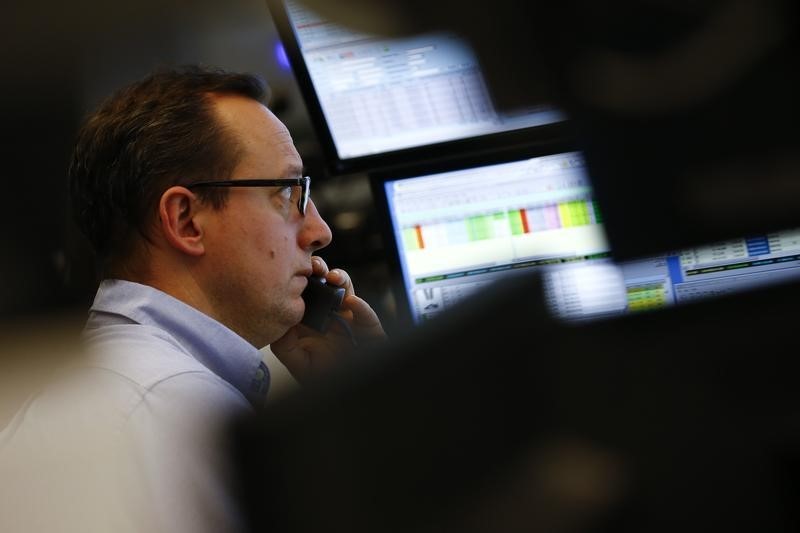According to analysts at RBC Capital, growth stocks are reaching new highs versus value stocks within the Russell 1000.
The bank says the “old, safe, secular leadership” has been strongly restored, with the top five and top ten names in the index outperforming the rest of the index in both performance and market capitalization.
Analysts believe that several factors are contributing to the stagnant rotation trading. First, the shift coincided with rising ten-year yields and declining optimism about rate cuts.
Second, the profit dynamics have changed. While value and the broader S&P 500 briefly led for much of the first quarter of 2024, there have been upward revisions to sell-side earnings per share estimates in recent weeks, favoring growth companies and the top ten of the S&P 500 names, reflecting trends observed throughout 2023.
In addition, the economic conditions that previously supported rotational trading have weakened. RBC notes that US GDP forecasts for 2024 are stuck at around 2.4%, slightly below average. This explains that historically, when GDP growth is cool or below average, growth and large-cap stocks tend to outperform.
Conversely, value stocks and small-cap stocks tend to gain strength when GDP growth exceeds average levels. In addition, recent earnings reports have dampened economic enthusiasm, with companies indicating that inflation is having a significant impact on consumer behavior.
For rotation trading to come back to life, several conditions must be met. Analysts suggest that 10-year yields should stabilize, clarity around monetary policy and the timing of rate cuts should improve, and broader market earnings trends should outpace those of the biggest growth names. Finally, economic excitement must return to maintain momentum.


